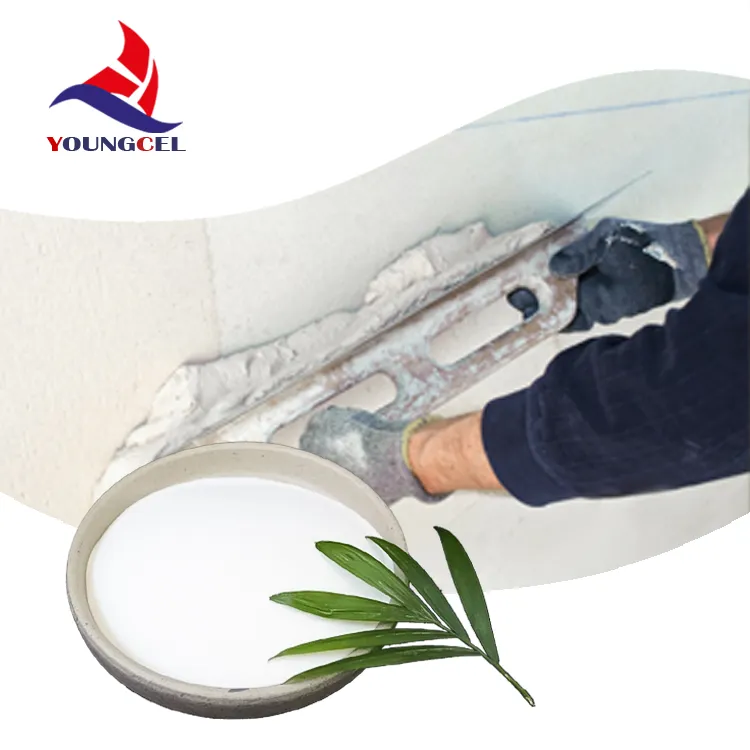Construction HPMC A Key Component in Modern Building Materials
In the evolving landscape of construction, the use of advanced materials is paramount for ensuring durability, efficiency, and sustainability. One such material that has gained significant traction in recent years is Hydroxypropyl Methylcellulose (HPMC). This cellulose derivative has become a vital ingredient in a variety of applications within the construction industry, particularly in tiling, plastering, and other cement-based products.
Construction HPMC A Key Component in Modern Building Materials
The addition of HPMC to construction materials significantly improves their performance characteristics. For instance, it improves the water retention capacity of mortars, ensuring that they remain workable for extended periods. This is particularly essential in hot or windy environments where moisture can evaporate quickly, leading to difficulties in application. The enhanced water retention also promotes better curing conditions for cement, which can lead to stronger and more durable constructions.
construction hpmc

Moreover, HPMC enhances the slip resistance of tile adhesives, reducing the risk of tiles sliding off during installation. This is crucial in ensuring that materials stay in place, which not only contributes to the longevity of the installation but also ensures safety in living spaces. The flexibility and binding abilities of HPMC further help in accommodating any slight movements that may occur in buildings, thereby reducing the chances of cracking in tiles and finishes.
Another significant advantage of using HPMC in construction is its eco-friendliness. As an organic compound, it is derived from cellulose, which is a renewable resource. Additionally, HPMC is biodegradable, reducing the environmental footprint of construction projects. In an era where sustainability is a critical consideration, the incorporation of HPMC aligns with the industry's move toward greener building practices.
HPMC also offers advantages in terms of hygiene and health. When used in building materials, it does not release harmful volatile organic compounds (VOCs), making it safer for indoor air quality. This is particularly important in residential applications where occupants are directly affected by the materials used in their living spaces.
In summary, Hydroxypropyl Methylcellulose (HPMC) has emerged as a cornerstone in modern construction materials due to its exceptional properties that enhance workability, adhesion, and durability. Its ability to improve the performance characteristics of mortars and adhesives while supporting sustainable building practices positions it as an invaluable resource in the industry. As construction continues to evolve, the incorporation of innovative materials like HPMC will play a crucial role in building safer, more efficient, and environmentally friendly structures for generations to come.
-
Rdp Powder: Key Considerations for Wholesalers in the Building Materials IndustryNewsJul.08,2025
-
Key Considerations for Wholesalers: Navigating the World of Hpmc - Based ProductsNewsJul.08,2025
-
Hpmc Detergent: Key Considerations for WholesalersNewsJul.08,2025
-
Key Considerations for Wholesalers: China Hpmc For Tile Adhesive, Coating Additives, Concrete Additives, and MoreNewsJul.08,2025
-
Crucial Considerations for Wholesalers: Navigating the World of Construction MaterialsNewsJul.08,2025
-
Key Considerations for Wholesalers Sourcing Additive For Cement, Additive For Concrete, Additive For Putty from Additive Manufacturer Shijiazhuang Gaocheng District Yongfeng Cellulose Co., Ltd.NewsJul.08,2025




